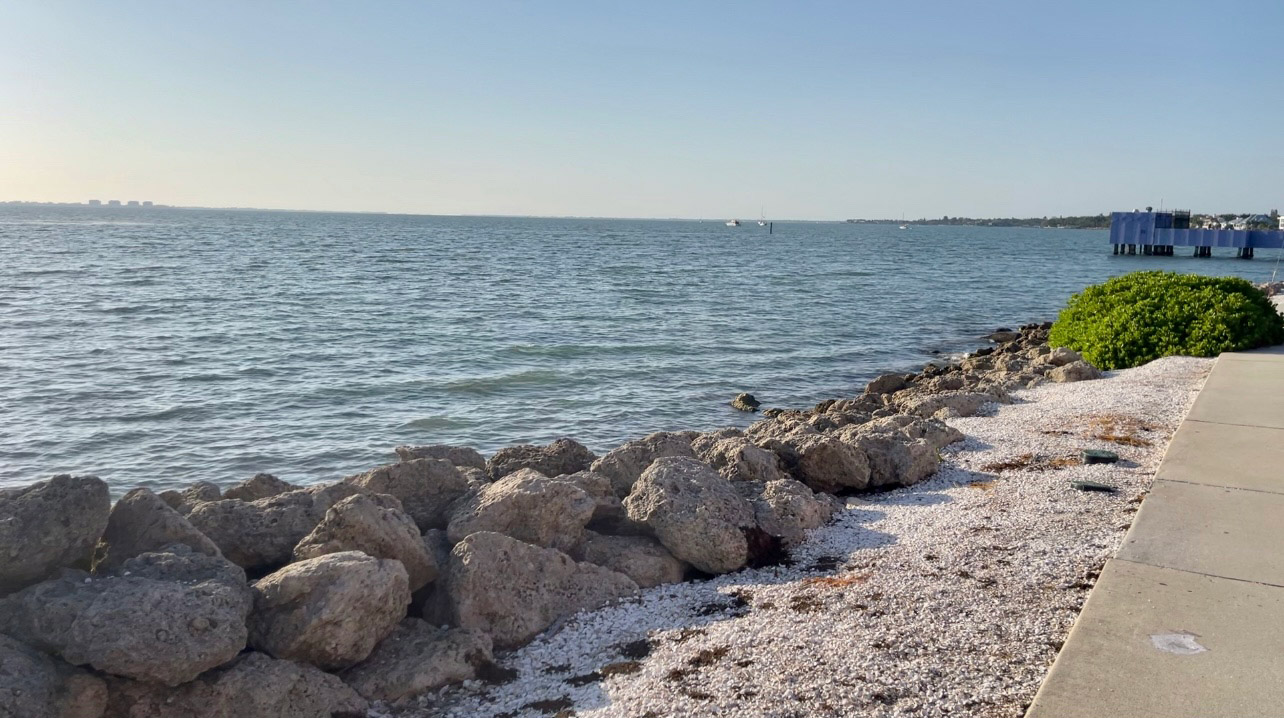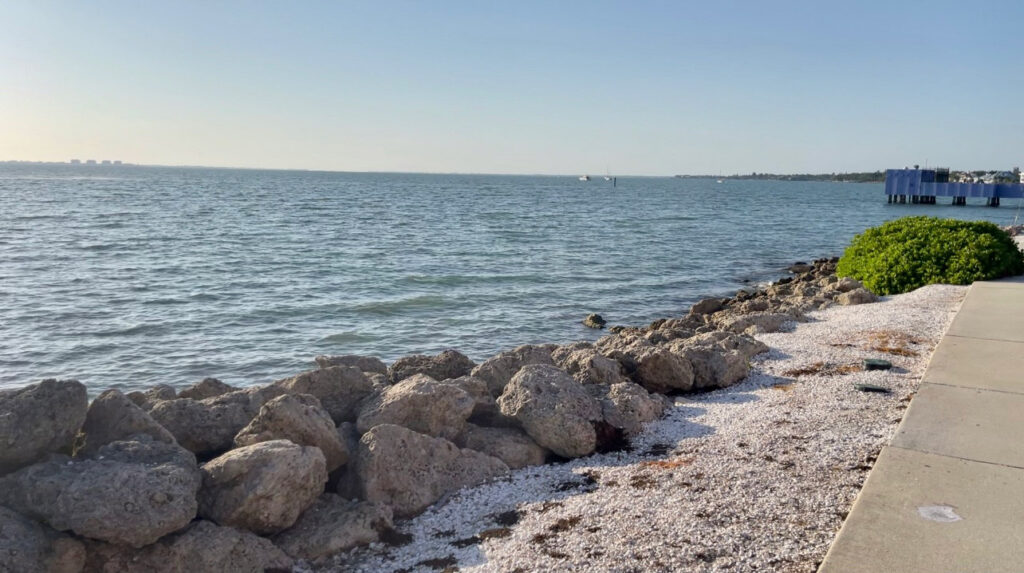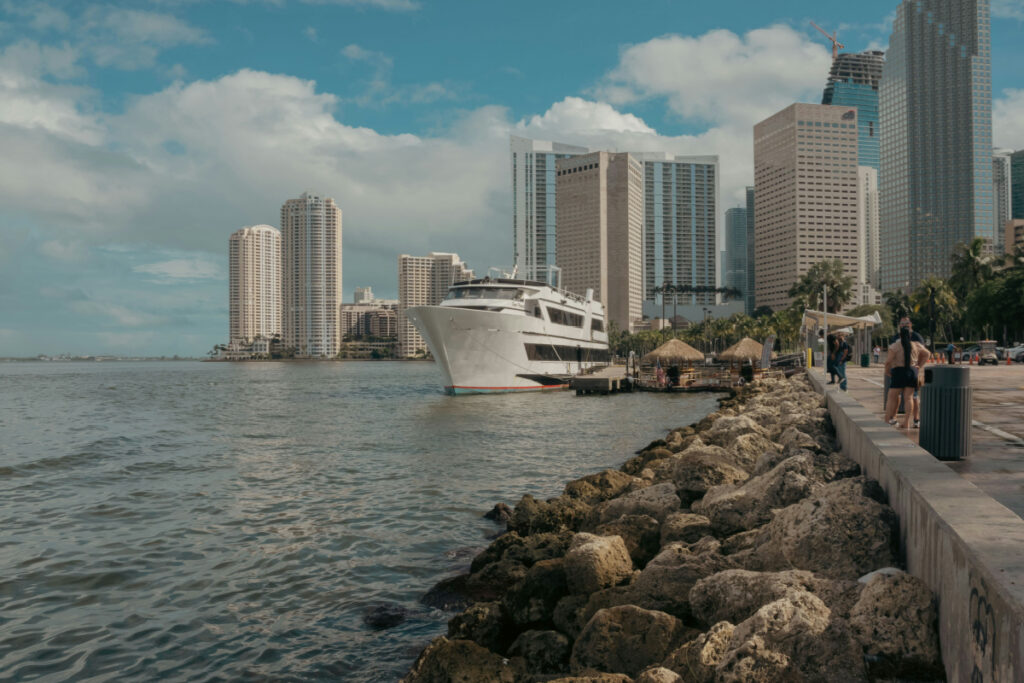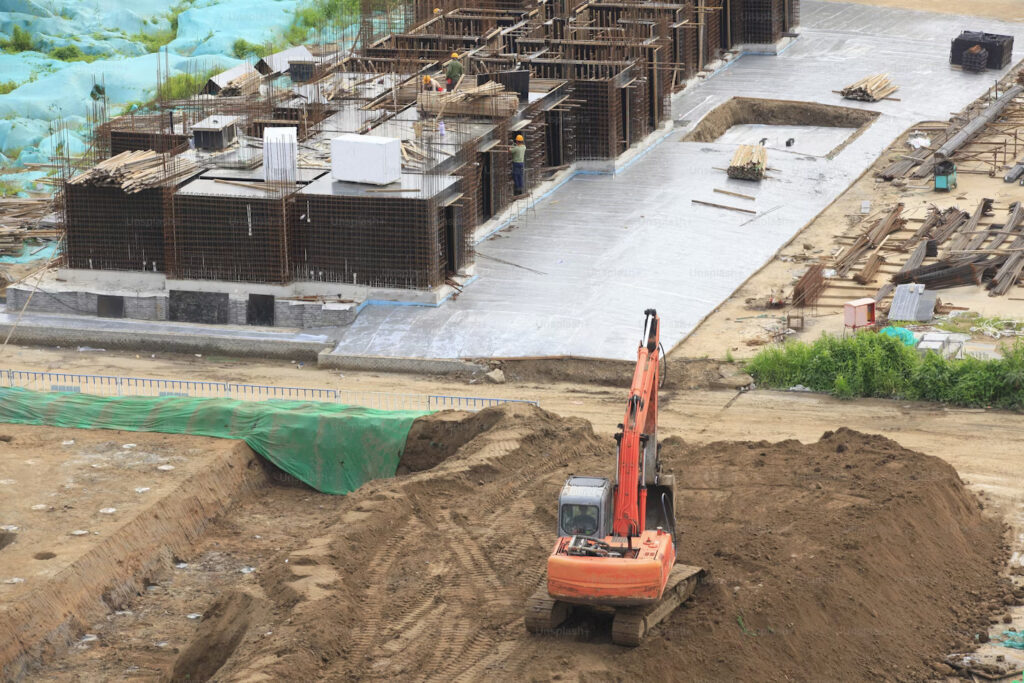Riprap installations are an essential part of erosion control in both coastal and inland areas. These structures are designed to withstand the forces of water and protect shorelines from erosion. However, without proper maintenance, riprap installations can deteriorate over time, compromising their effectiveness. In this article, we will discuss the importance of proper maintenance for riprap structures and provide tips to ensure their longevity and effectiveness.
Importance of Proper Maintenance for Riprap Installations
Regular maintenance is essential for ensuring the longevity and effectiveness of riprap installations. Over time, the rocks or concrete blocks used in riprap structures can shift or become dislodged due to the force of the water. Without proper maintenance, these gaps can allow water to penetrate the structure, leading to erosion of the surrounding shoreline. Additionally, vegetation growth on riprap installations can weaken the structure and compromise its ability to withstand wave action.
Inspecting riprap installations regularly is key to identifying any issues early on and addressing them before they escalate. This can include checking for signs of erosion, loose rocks, or vegetation growth. Repairing any damage promptly and filling in gaps with additional rocks can help maintain the integrity of the structure. In some cases, it may be necessary to hire a professional to assess the condition of the riprap installation and make any necessary repairs.
Tips to Ensure Longevity and Effectiveness of Riprap Structures
One of the most important tips for maintaining riprap installations is to establish a regular maintenance schedule. This can include quarterly or yearly inspections to check for any signs of damage or erosion. Additionally, removing any debris such as fallen branches or leaves from the riprap structure can help prevent blockages and ensure proper drainage.
Another tip for ensuring the longevity of riprap installations is to monitor and control vegetation growth. Plants growing on riprap structures can weaken the rocks and compromise the stability of the installation. Regularly trimming or removing vegetation can help prevent this issue. Additionally, applying herbicides can help control vegetation growth on riprap structures.
In conclusion, proper maintenance is essential for ensuring the longevity and effectiveness of riprap installations. By following a regular maintenance schedule, inspecting for damage, and addressing any issues promptly, you can help protect riprap structures from erosion and ensure their continued effectiveness in controlling shoreline erosion. Remember, a well-maintained riprap installation is key to protecting your shoreline for years to come.
===OUTRO:






